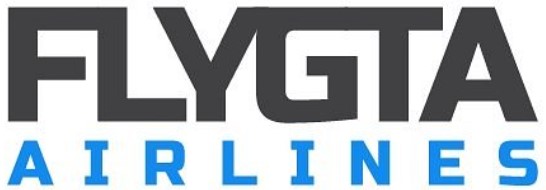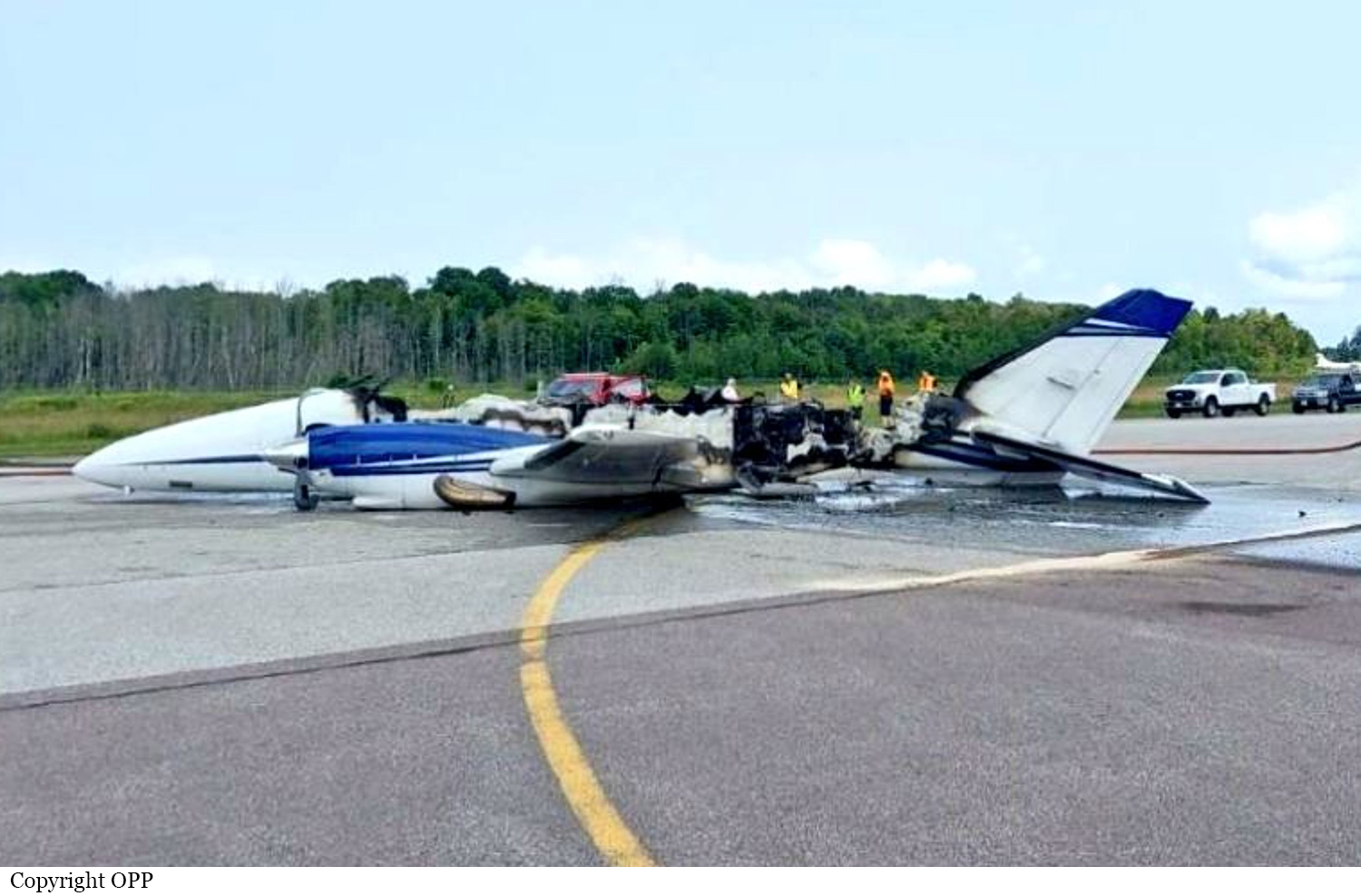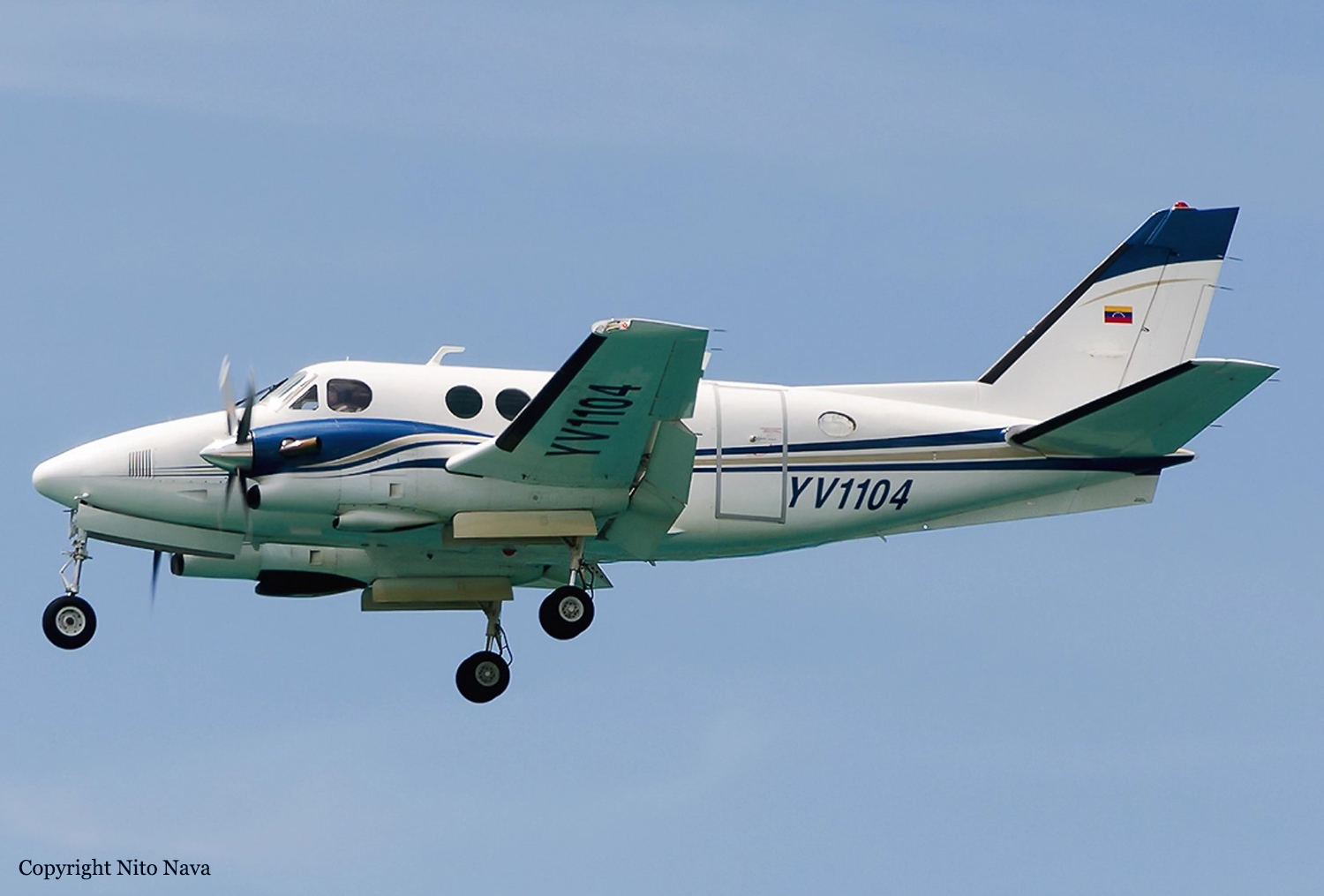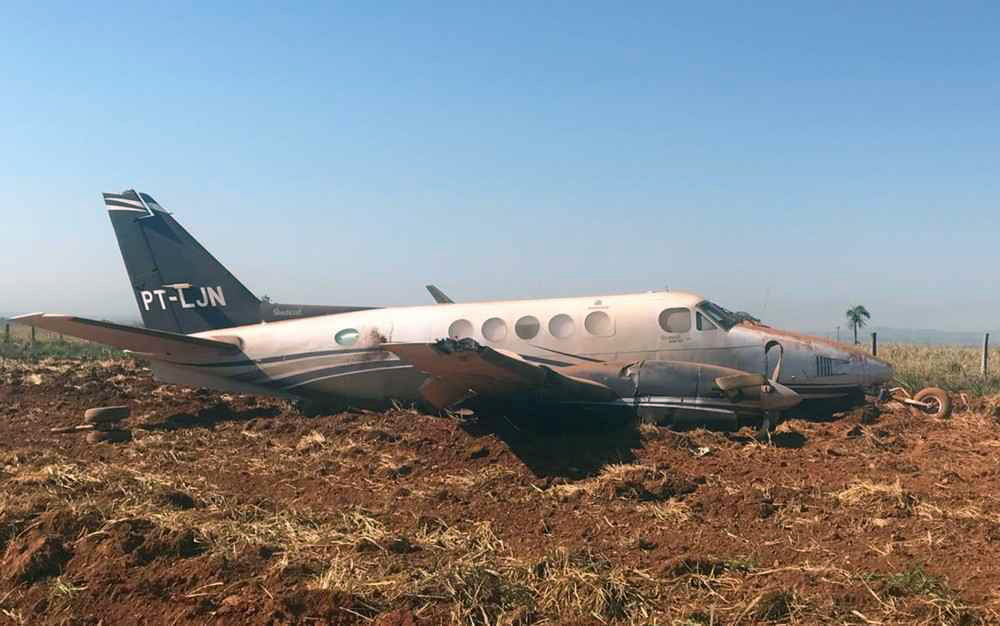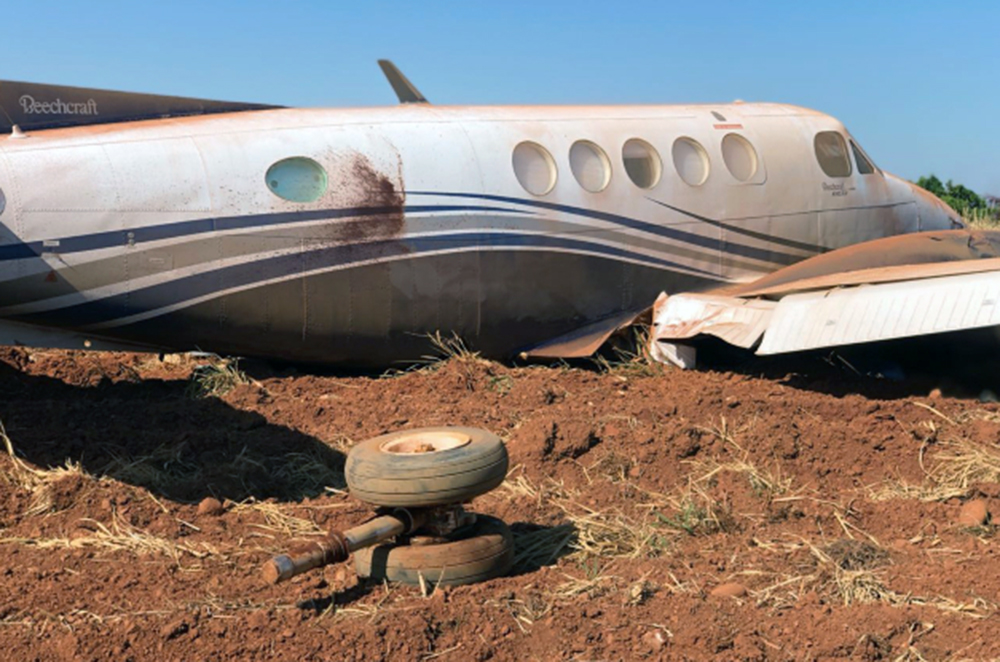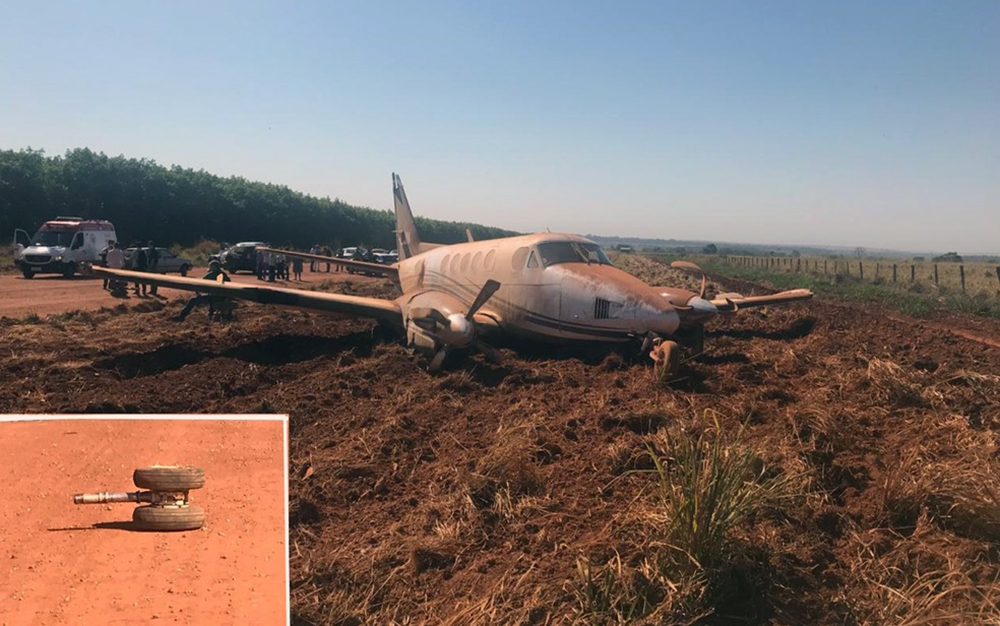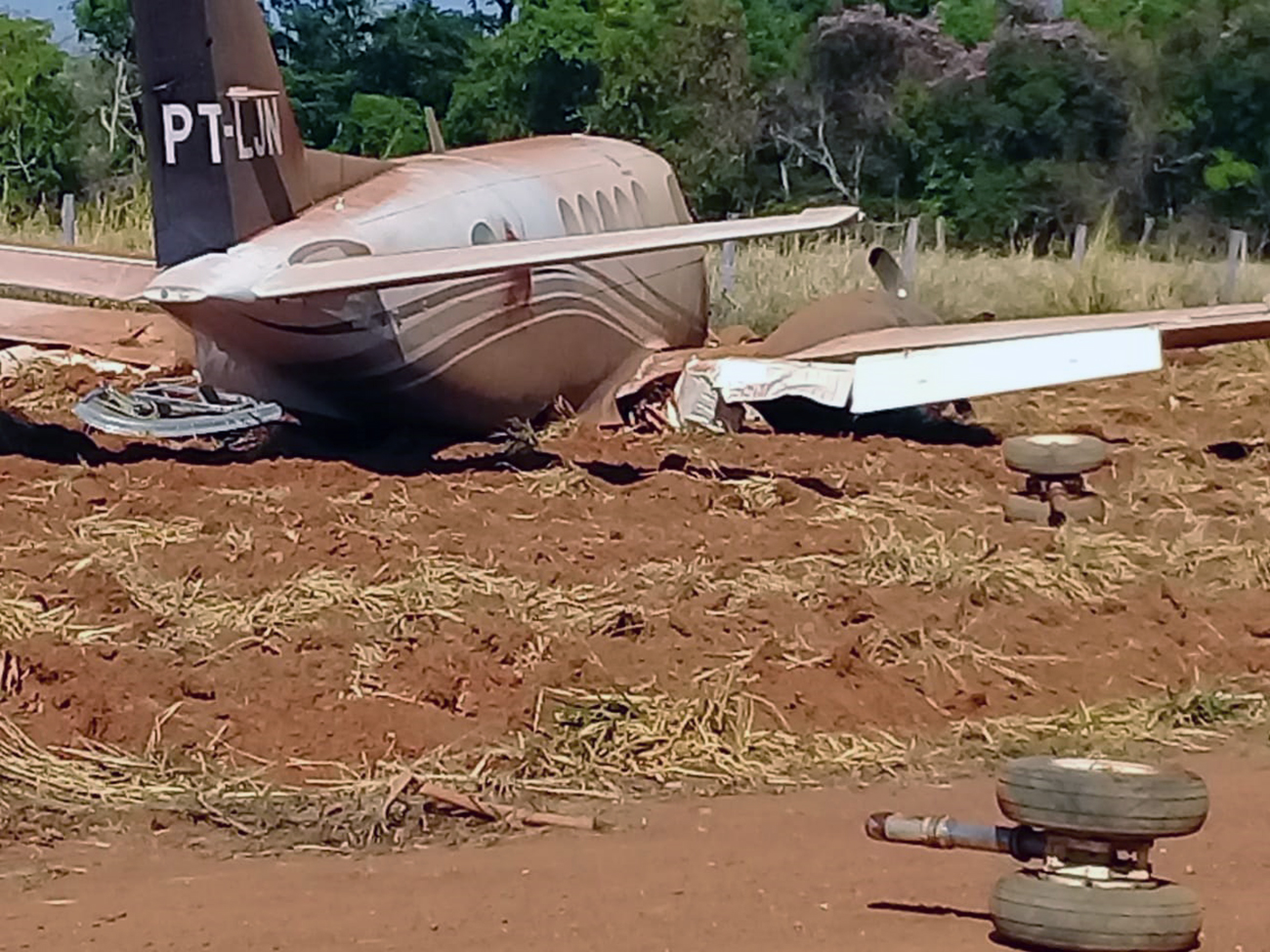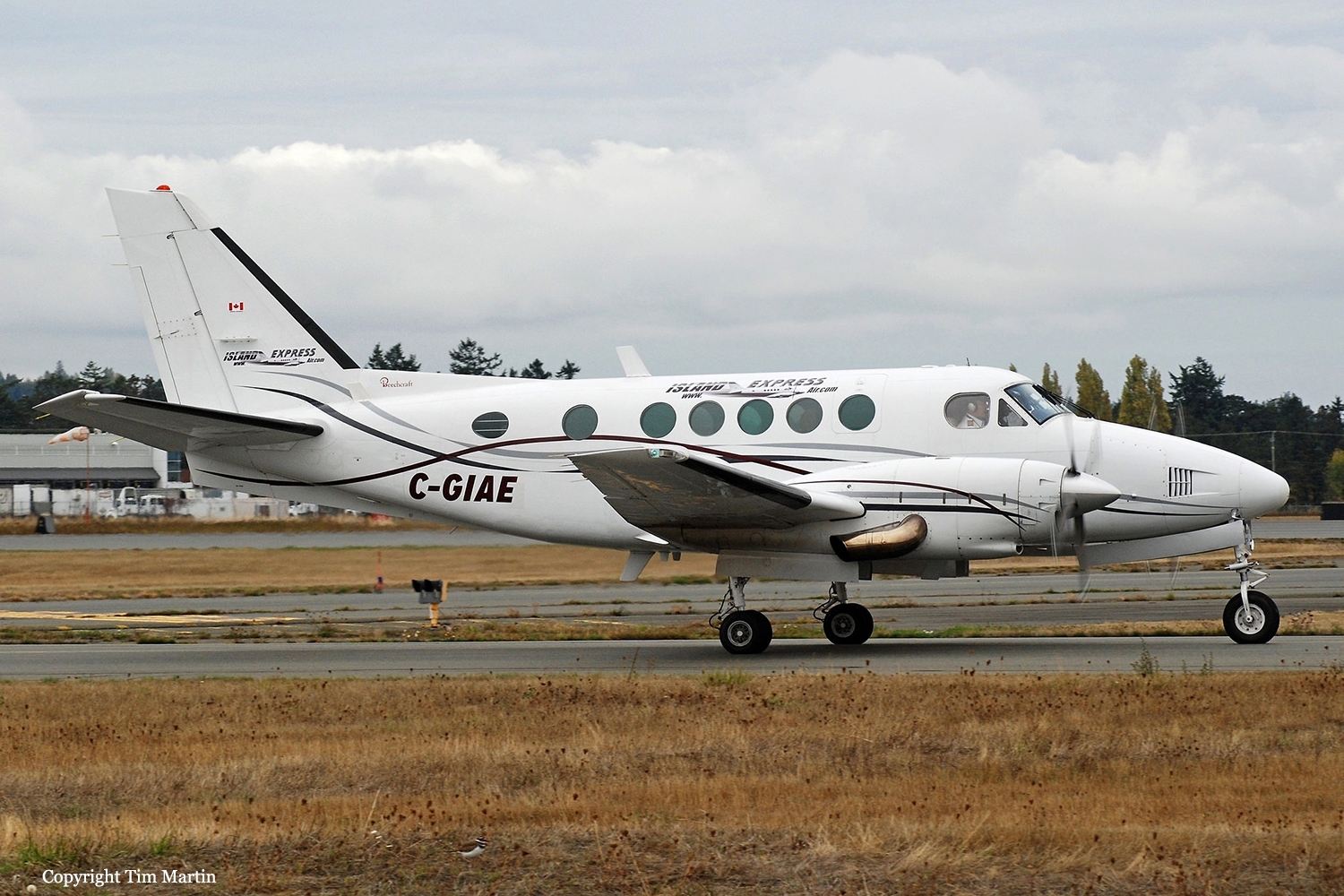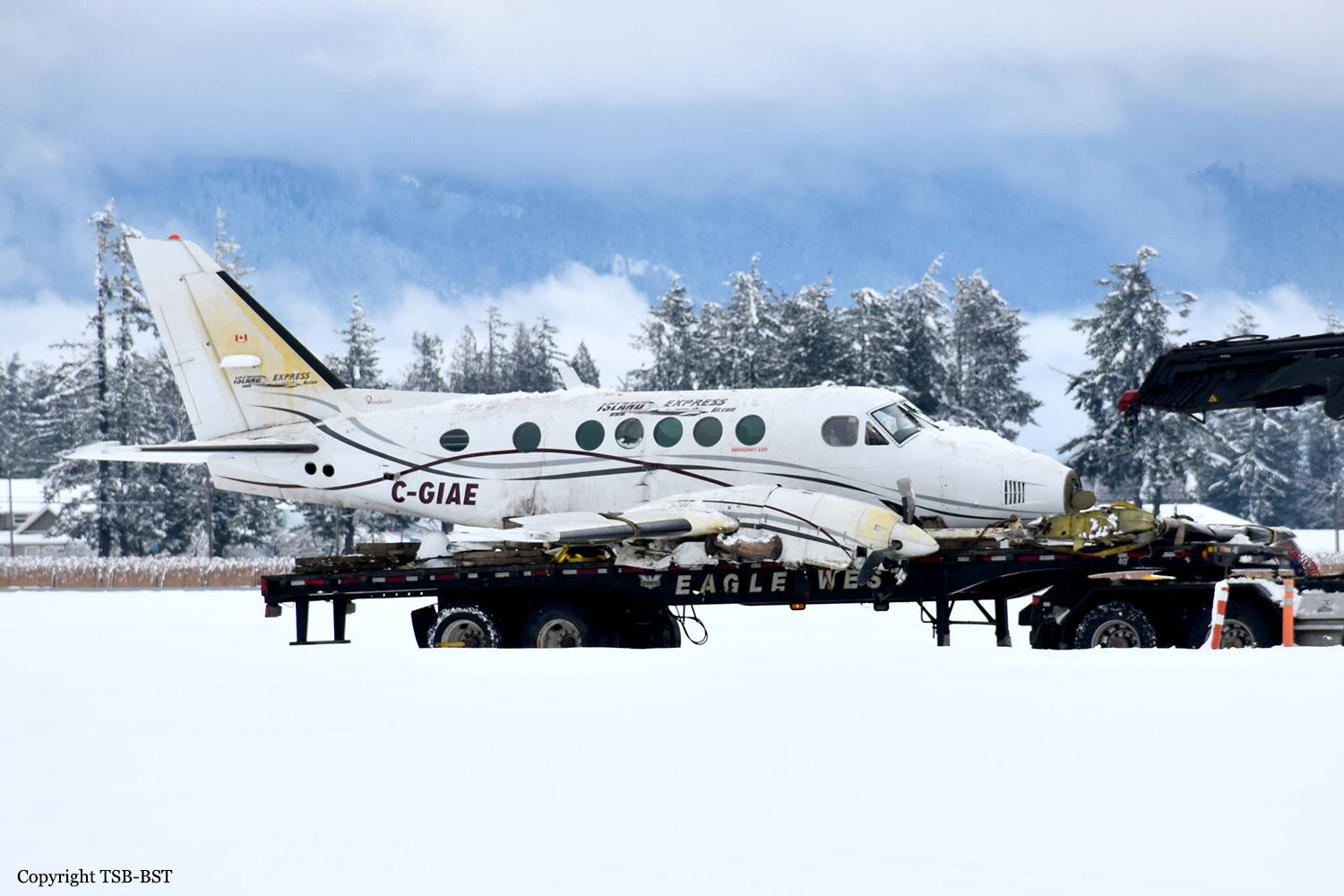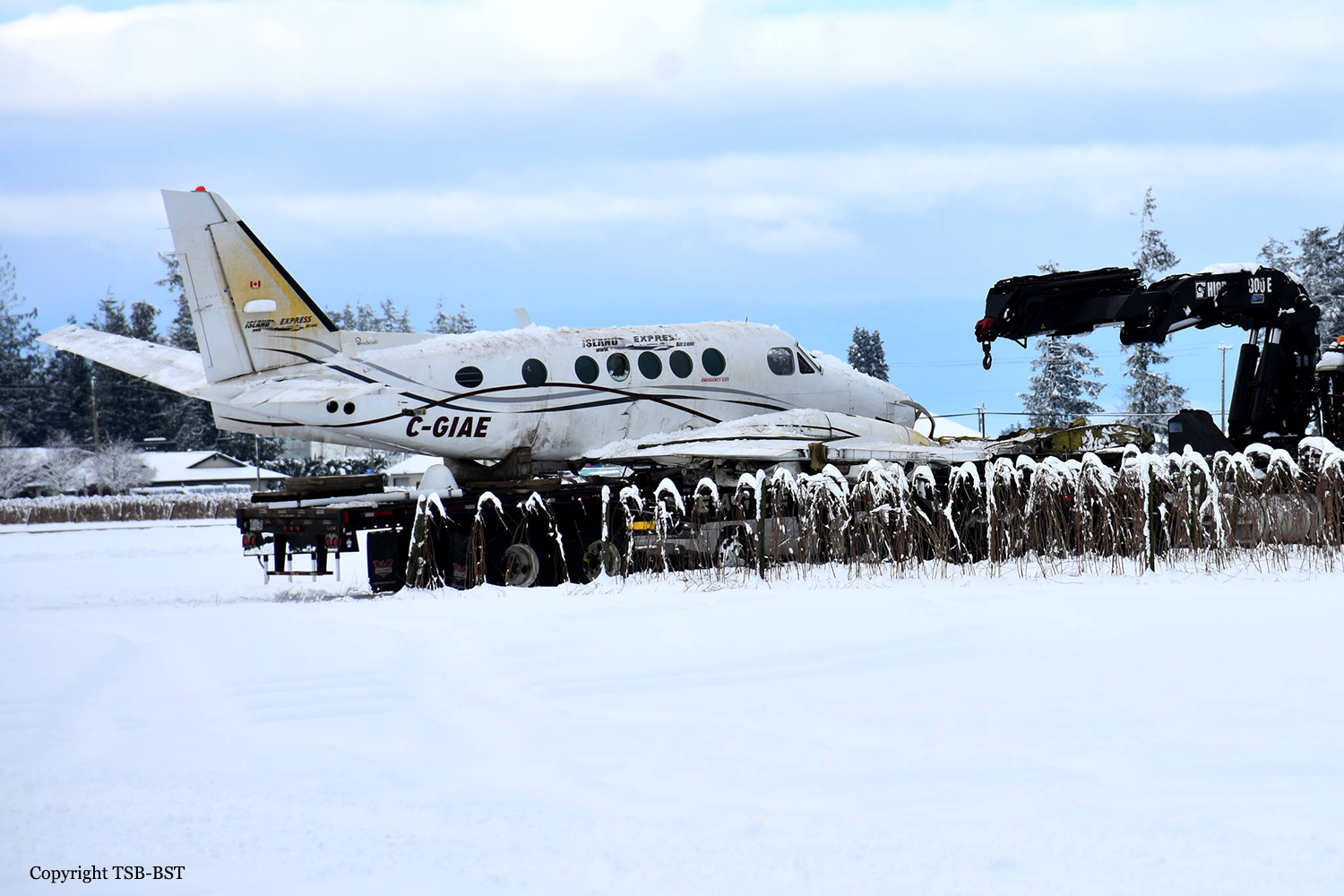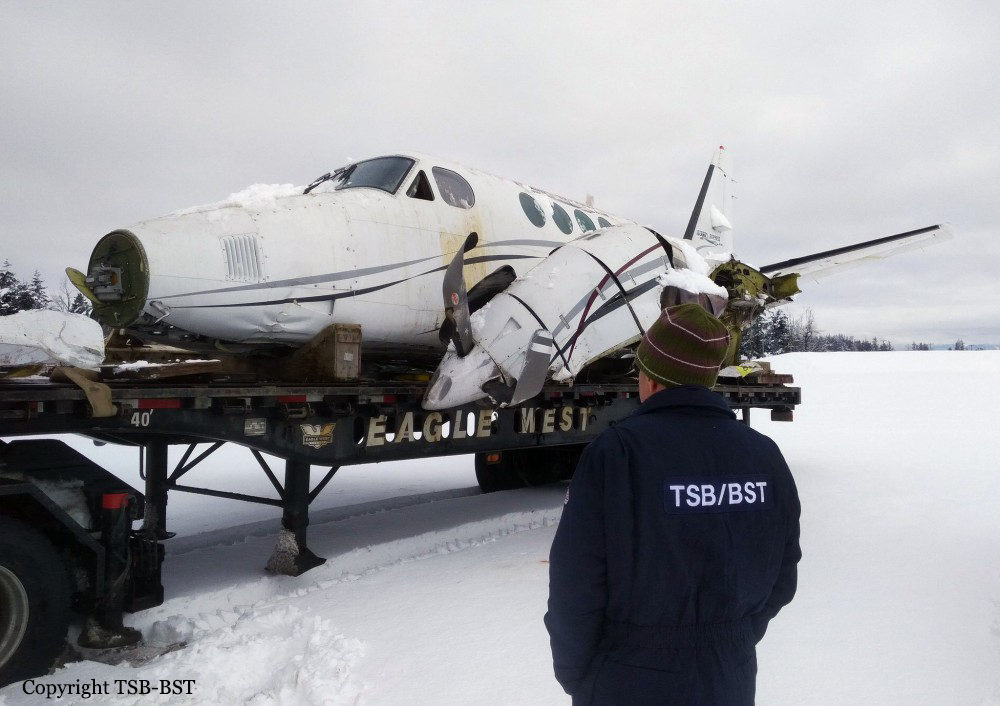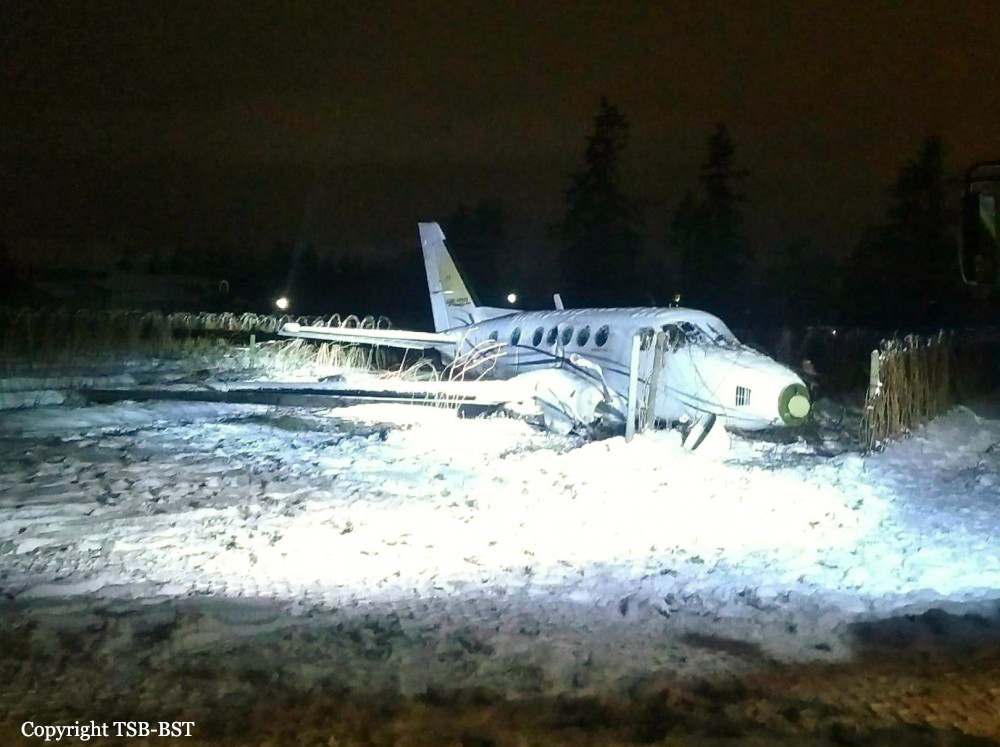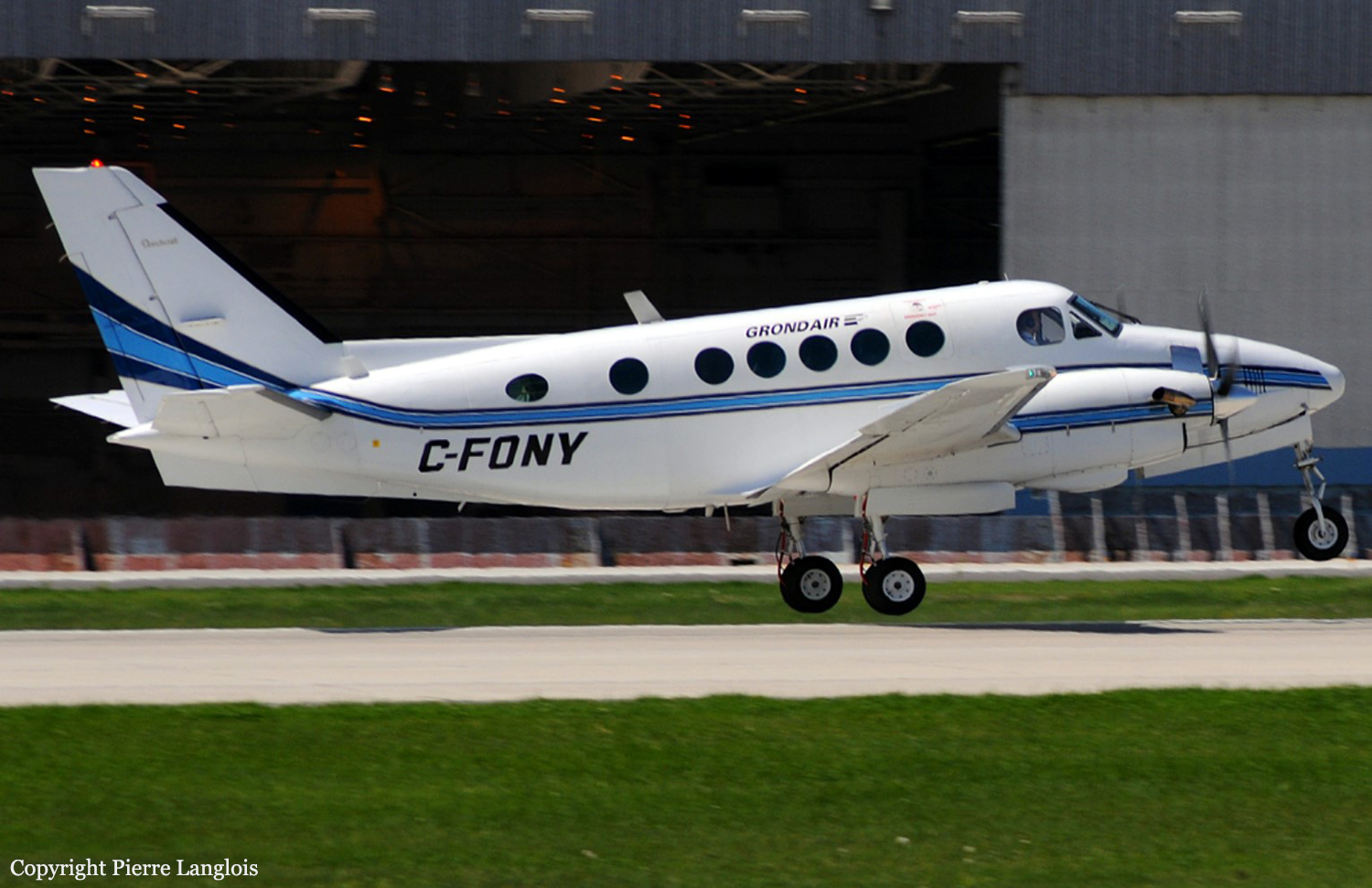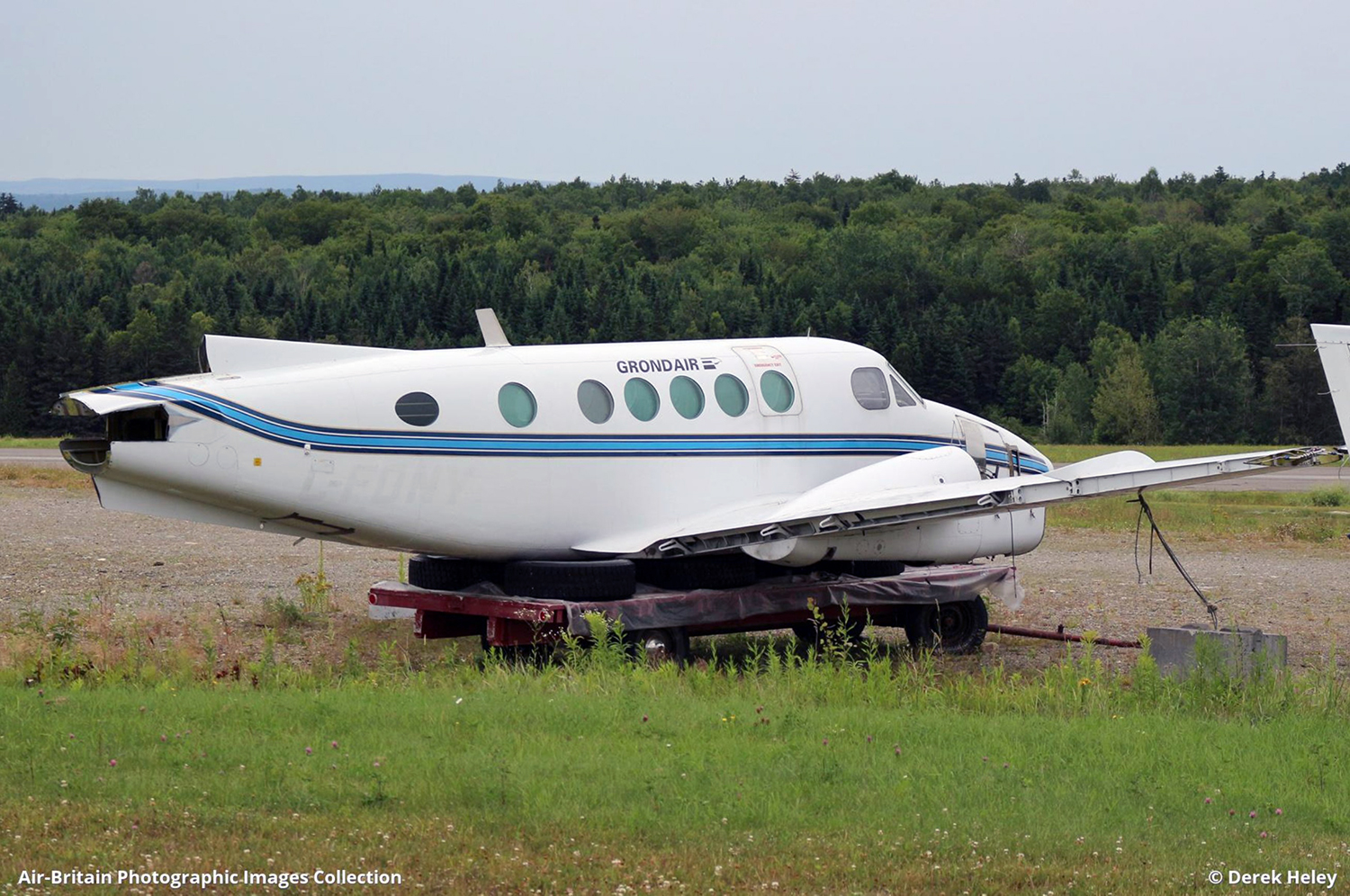Crash of a Beechcraft 100 King Air in Coral Springs: 2 killed
Date & Time:
Nov 10, 2025 at 1018 LT
Registration:
N30HG
Survivors:
No
Schedule:
Fort Lauderdale – Montego Bay
MSN:
BE-14
YOM:
1976
Crew on board:
1
Crew fatalities:
Pax on board:
1
Pax fatalities:
Other fatalities:
Total fatalities:
2
Circumstances:
The twin engine airplane departed Fort Lauderdale-Executive Airport Runway 27 at 1014LT on a cargo flight to Montego Bay, carrying one passenger and one pilot. The goal of the flight was to deliver first aid to the victims of the recent hurricane 'Melissa'. After departure, the pilot completed a turn to the right and climbed to the altitude of 4,000 feet. While in a right hand turn, the airplane entered an uncontrolled descent and crashed in a pond located in a residential area in Coral Springs, some 11 km north northwest from the departure airport. The airplane was destroyed and both occupants were killed.


